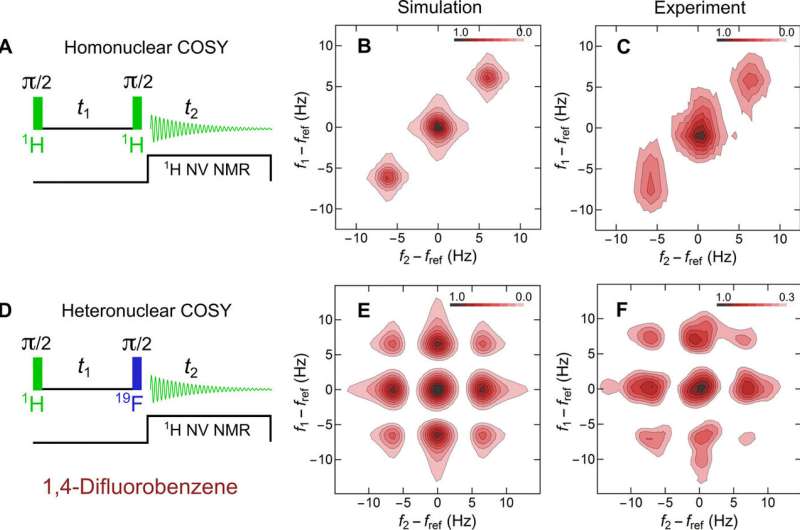
The technique is effective for studying structures and reactions of materials that contain unpaired electrons.Ībsorbed microwave radiation can cause changes in rotational energy levels within molecules, making it useful for other purposes. An externally applied magnetic field is required. The absorbed radiation falls in the microwave spectral region and induces transitions in the spin states of the electrons. In a manner that is similar to that described for nuclear magnetic resonance spectrometry, electron spin resonance spectrometry is used to study spinning electrons. It is particularly useful for qualitative analysis of organic compounds. As a result, nuclear magnetic resonance spectrometry can be used to deduce the number and types of different nuclei of the groups attached to the atom containing the nucleus studied. Since spinning nuclei of other atoms in the vicinity of the nucleus studied can affect the magnetic field strength, those neighbouring nuclei cause the absorption to be shifted to slightly different energies. Any factors that change the magnetic field strength experienced by the nucleus affect the energy at which absorption occurs. The energy at which absorption occurs depends on the strength of the magnetic field. The spin states can be observed only in the presence of an externally applied magnetic field. Because nuclei from different atoms have different possible spin states that are separated from each other by different amounts of energy, nuclear magnetic resonance spectrometry can be used to identify the type of atoms in the analyte. Consequently, nuclear magnetic resonance spectrometry is useful for examining atomic nuclei and the transitions between their possible spin states. Absorption of energy in the radiofrequency region is sufficient to cause a spinning nucleus in some atoms to move to a different spin state in the presence of a magnetic field. The absorption that occurs in different spectral regions corresponds to different physical processes that occur within the analyte. SpaceNext50 Britannica presents SpaceNext50, From the race to the Moon to space stewardship, we explore a wide range of subjects that feed our curiosity about space!.Learn about the major environmental problems facing our planet and what can be done about them! Saving Earth Britannica Presents Earth’s To-Do List for the 21st Century.Britannica Beyond We’ve created a new place where questions are at the center of learning.100 Women Britannica celebrates the centennial of the Nineteenth Amendment, highlighting suffragists and history-making politicians.

Nuclear time in resonance how to#
COVID-19 Portal While this global health crisis continues to evolve, it can be useful to look to past pandemics to better understand how to respond today.Student Portal Britannica is the ultimate student resource for key school subjects like history, government, literature, and more.From tech to household and wellness products. Britannica Explains In these videos, Britannica explains a variety of topics and answers frequently asked questions.This Time in History In these videos, find out what happened this month (or any month!) in history.#WTFact Videos In #WTFact Britannica shares some of the most bizarre facts we can find.Demystified Videos In Demystified, Britannica has all the answers to your burning questions.Britannica Classics Check out these retro videos from Encyclopedia Britannica’s archives.


 0 kommentar(er)
0 kommentar(er)
